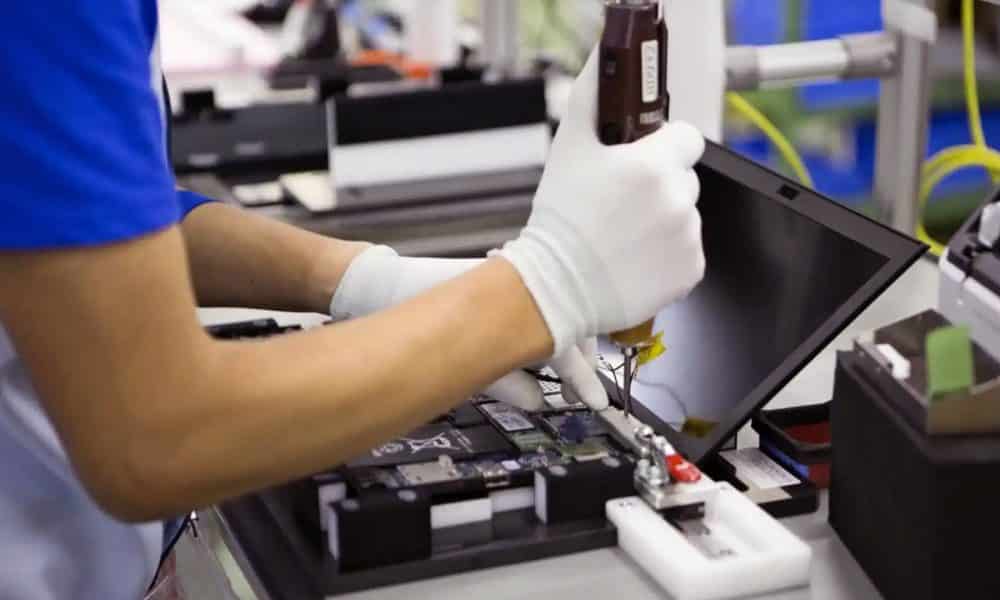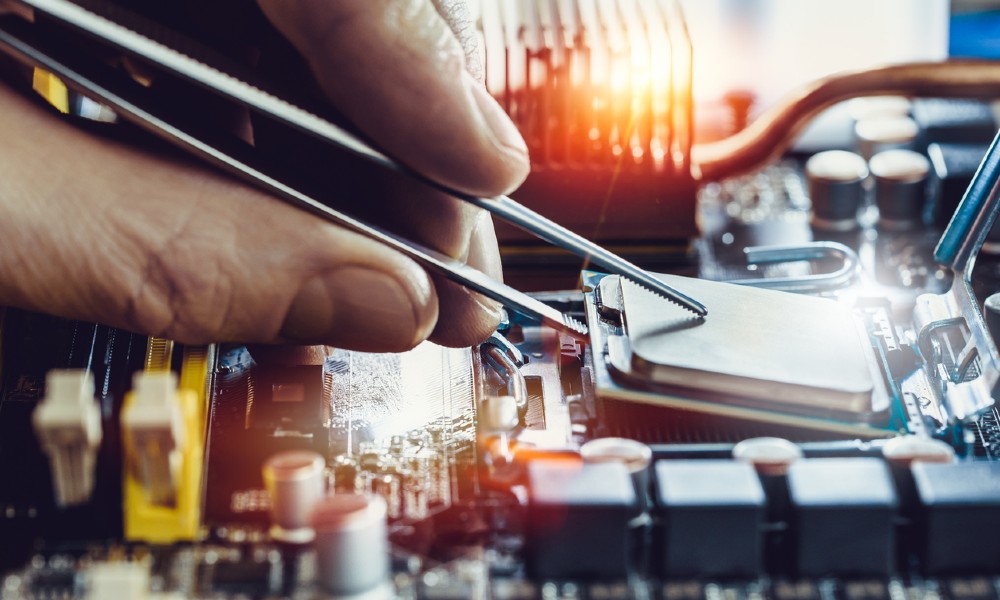As technology advances, the need for more efficient and intelligent computing becomes increasingly important. One of the most promising solutions to this challenge is neuromorphic computing, which involves building computer chips that mimic the structure and function of the brain.
What are Neuromorphic Chips?
Neuromorphic chips are computer chips that are designed to function like the human brain. They are built using a combination of digital and analog components that work together to create a network of artificial neurons. These neurons communicate with each other using electrical signals, just like the neurons in the human brain.
Neuromorphic chips are different from traditional computer chips in several ways. First, they are designed to be highly parallel, meaning that many computations can be performed simultaneously. Second, they are incredibly energy-efficient, using much less power than traditional chips. Finally, they are highly adaptable, meaning that they can learn and change over time based on the data they receive.
The Benefits of Neuromorphic Computing

There are many benefits to using neuromorphic computing in the future of computing. One of the biggest advantages is the speed and efficiency of these chips. Because they are designed to be highly parallel, they can perform many computations at once, making them ideal for tasks like image and speech recognition.
Another benefit of neuromorphic computing is energy efficiency. Traditional computer chips rely on binary code, which requires a lot of power to process. Neuromorphic chips, on the other hand, use analog signals, which require much less power. This means that they can be used in a wider range of devices, from smartphones to self-driving cars.
Finally, neuromorphic chips are highly adaptable. Because they are designed to mimic the structure and function of the brain, they can learn and change over time based on the data they receive. This makes them ideal for tasks that require machine learning, such as natural language processing.
Challenges to Overcome
Despite the many benefits of neuromorphic computing, there are also several challenges that need to be overcome before these chips can become widely used. One of the biggest challenges is the lack of standardization in the field. Because neuromorphic chips are still a relatively new technology, there are many different approaches to building them. This makes it difficult to compare and evaluate different chips.
Another challenge is the complexity of these chips. Because they are designed to mimic the structure and function of the brain, they are much more complex than traditional computer chips. This complexity makes them more difficult to design and manufacture.
The Future of Neuromorphic Computing
Despite these challenges, the future of neuromorphic computing looks promising. In the coming years, we can expect to see more and more devices that incorporate these chips, from smartphones to self-driving cars. As the technology advances, we may even see neuromorphic computing used in fields like healthcare and robotics.
Overall, neuromorphic computing is a promising new technology that has the potential to revolutionize the way we think about computing. With its speed, efficiency, and adaptability, it is well-suited to a wide range of tasks, from image and speech recognition to machine learning and beyond. As the technology continues to advance, we can expect to see even more exciting developments in this field.










